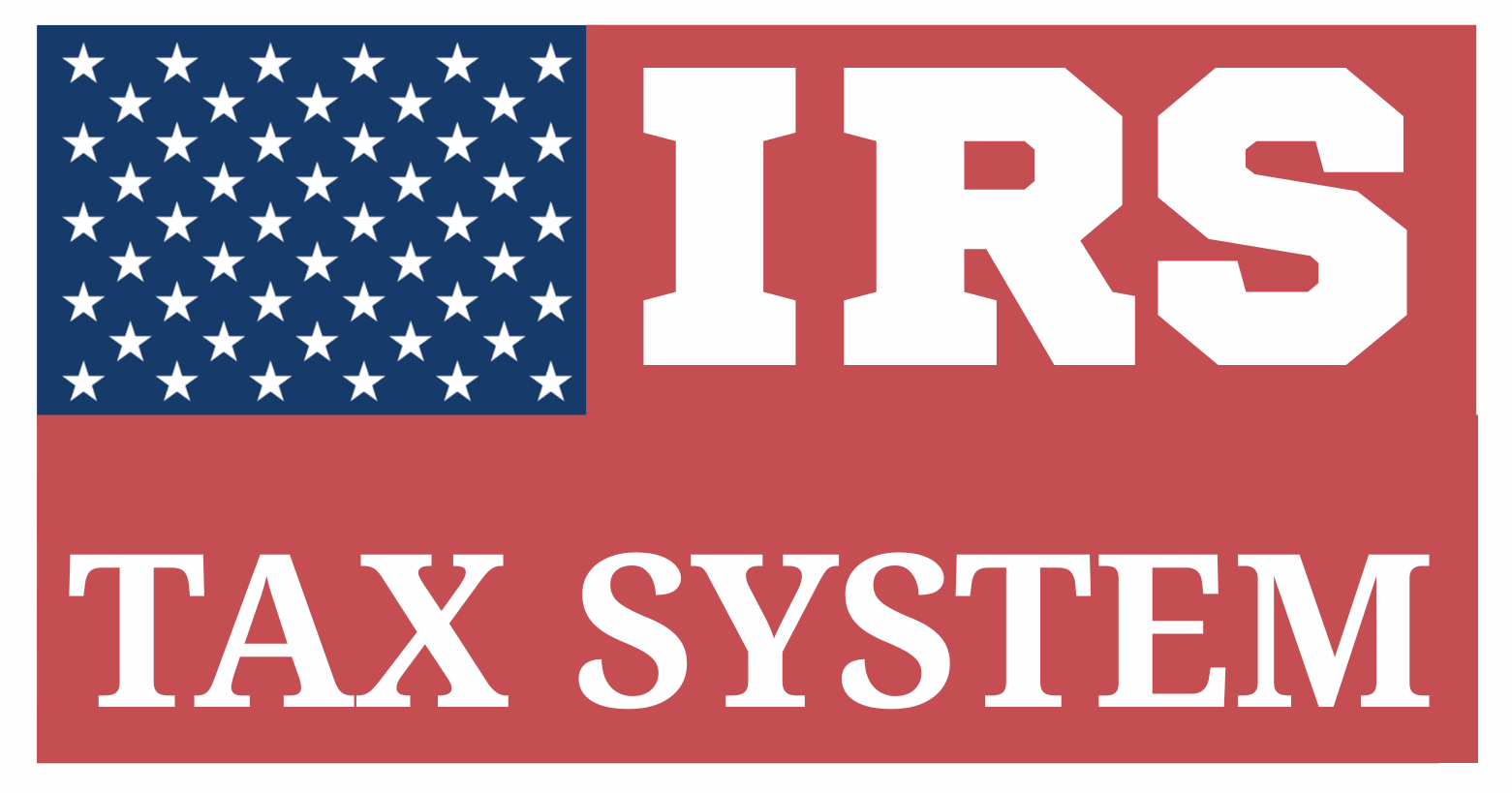Form 6198: Easy Detailed Synopsis
Table of Contents
What Is IRS Form 6198 All About? Get The Real Insights

IRS Form 6198 is used by individuals, partnerships, and S corporations to calculate and report limitations on deductible losses from business or investment activities that are subject to the “at-risk” rules under IRC Section 465. These rules restrict how much of a loss you can claim if you don’t have enough money or liability truly “at risk” in that activity.
This form comes into play primarily for individuals, partnerships, or shareholders in S corporations involved in activities that may generate large tax losses, such as real estate investments, farming, leasing, and other business ventures. It helps calculate the maximum deductible loss for the year by identifying:
- How much money or property you’ve contributed to an activity
- How much of that is truly at risk (i.e., not protected by guarantees or nonrecourse loans)
- Whether you’re personally liable for associated debts
If your total losses for the year exceed your at-risk investment, the form determines the disallowed portion, which is then carried forward to future tax years until additional at-risk amounts become available.
For example, if you invest in a real estate venture and report a loss of $40,000 but only have $25,000 at risk, Form 6198 ensures that only $25,000 of that loss is deductible this year. The remaining $15,000 is deferred to future years.
Who Must File Form 6198?
You must file IRS Form 6198 if you are claiming a loss from a business or income-producing activity that is subject to the at-risk rules under Internal Revenue Code Section 465 and your investment in that activity includes any amount that may not be fully at risk.
The following individuals or entities are generally required to file Form 6198:
1. Individuals Involved in Certain Business Activities
If you are a sole proprietor (filing Schedule C) or earn rental income (Schedule E) and claim a loss from activities like:
- Farming
- Equipment leasing
- Real estate rental
- Oil and gas operations
- Film production
you must file Form 6198 if part of your investment is not fully at risk (e.g., backed by nonrecourse loans or protected from loss).
2. Partners in a Partnership
Partners who receive a Schedule K-1 (Form 1065) showing a loss from an activity subject to at-risk limits must file Form 6198 to determine how much of the loss is deductible on their personal return. The form tracks each partner’s share of:
- Cash contributions
- Liabilities
- Disallowed losses carried over
3. S Corporation Shareholders
If you’re a shareholder in an S Corporation and receive a Schedule K-1 (Form 1120-S) reporting a loss from an at-risk activity, you must use Form 6198 to calculate how much of that loss you can deduct. The IRS requires this to ensure shareholders are only deducting losses for which they have true financial exposure.
4. Taxpayers with Prior Year Disallowed Losses
If you have previously disallowed losses due to the at-risk rules and are carrying them forward into the current tax year, you must file Form 6198 to determine whether your at-risk basis has increased enough to allow those losses to now be deducted.
5. Anyone with Nonrecourse or Protected Financing
If your business or investment activity is funded with nonrecourse loans, guaranteed financing, or third-party indemnification, you’re generally not fully at risk, and Form 6198 must be filed to apply the at-risk limitations.
Who Does NOT Need to File Form 6198?
- You do not need to file Form 6198 if you are not claiming any losses from the activity.
- If all amounts invested in the activity are fully at risk (e.g., fully funded by your own cash or recourse loans), and you’re not carrying forward any disallowed losses, the form may not be required.
- Activities not listed under the Section 465 at-risk provisions may also be exempt (such as certain passive income-only activities).
Summary Table
| You Must File Form 6198 If… | Example |
| You claim a loss from an activity subject to at-risk rules | Real estate rental loss on Schedule E |
| As a partner or S corporation shareholder, you’ve been allocated a loss | K-1 from partnership or S corporation |
| Your investment includes nonrecourse financing | Activity funded by debt with no personal liability |
| You have disallowed at-risk losses from prior years | Carryforward losses on Form 6198 |
What Are “At-Risk” Amounts?
“At-risk” amounts refer to the money, property, and certain liabilities that a taxpayer has actually put on the line in a business or investment activity—meaning the taxpayer stands to lose these amounts if the activity fails. The IRS uses this concept to determine how much loss a taxpayer is genuinely exposed to under Internal Revenue Code Section 465.
You may only claim losses to the extent of your financial risk in the investment. If you try to claim more than your actual financial exposure, the excess is disallowed and carried forward until your at-risk basis increases.
Components of At-Risk Amounts
Your at-risk amount generally includes:
1. Cash Contributions
Any funds you directly invest in the business are entirely considered at risk. This includes initial capital and any additional cash you invest later.
Example
You invest $20,000 of your own money in a real estate partnership. That $20,000 is fully at risk.
2. Adjusted Basis of Property Contributed
If you transfer property (instead of cash) into the business, your at-risk amount includes the adjusted basis (usually original cost minus depreciation) of that property.
Example
You contribute a car with an adjusted basis of $10,000 to a delivery business. The $10,000 counts toward your at-risk investment amount.
3. Recourse Loans
Loans for which you bear personal responsibility are treated as at-risk amounts. If the activity loses money, the lender can legally go after your personal assets.
Example
You take out a bank loan for $50,000 and are personally liable. That amount is considered at risk.
4. Certain Qualified Nonrecourse Financing
For real estate activities, nonrecourse loans (where you’re not personally liable) can still be considered at risk if the loan is secured by real property and meets IRS qualifications—like being from a traditional lender (e.g., bank or government agency).
Example
A nonrecourse mortgage for a rental building from a bank may be counted as at risk if it meets IRS requirements.
What Is Not Considered At Risk?
Some items reduce or do not count toward your at-risk amount, such as:
- Nonrecourse loans (unless qualified as above)
- Guaranteed return arrangements (e.g., you’re promised repayment no matter what)
- Stop-loss agreements or third-party guarantees
- Property protected from loss by insurance, indemnity, or similar arrangement
Why It Matters
If your reported losses from a business activity exceed your total at-risk amount, the IRS won’t allow you to deduct the full loss. Instead, the disallowed amount is carried forward until your at-risk amount increases (e.g., by investing more cash or repaying liabilities).
Example Summary
| Investment Type | At Risk? | Reason |
| $25,000 cash contribution | Yes | Fully exposed capital |
| $15,000 car contributed | Yes | Based on adjusted basis |
| $50,000 personal bank loan | Yes | You are personally liable |
| $100,000 nonrecourse loan | Maybe | Only if it qualifies under IRS real estate rules |
| Guaranteed investment return | No | Protected from economic loss |
At-Risk Limitations: Tax Rate, Treatment & Example
1. Tax Rate under At-Risk Rules
The at-risk rules do not impose a separate tax rate. Instead, they limit how much of a loss you can deduct on your tax return. The tax rate applied is based on your ordinary income tax bracket, because the losses or gains from activities reported on Form 6198 usually flow to your individual income tax return (Form 1040) via:
- Schedule C (sole proprietors)
- Schedule E (rental, S corporations, partnerships)
- Schedule F (farming)
Key point: Form 6198 does not change your tax rate. It determines how much of a loss you’re allowed to deduct in the current year. The deductible loss reduces your taxable income, which is then taxed at your marginal income tax rate (e.g., 22%, 24%, etc.).
2. Tax Treatment
Under Section 465 of the Internal Revenue Code, the at-risk rules apply to non-corporate taxpayers and closely held corporations engaged in:
- Certain activities with significant potential for tax loss (e.g., rental real estate, farming, oil & gas)
- Any activity involving financing where the taxpayer is not personally liable (nonrecourse loans)
Key treatment rules
- Losses from an activity are deductible only to the extent of your at-risk amount.
- Any disallowed loss is carried forward indefinitely until your at-risk basis increases (e.g., by contributing more money or paying off certain loans).
- If you later sell or dispose of the activity, the carried-forward loss may become deductible.
Nonrecourse debt, guarantees, or stop-loss agreements can limit your personal financial risk, reducing your at-risk amount—even if you’re otherwise a partner or shareholder.
3. Real-Life Example
Scenario
Assume Priya is a partner with a 50% share in a partnership engaged in real estate:
- On Schedule E, she claims a $20,000 loss passed through from the partnership.
- Her at-risk amount in the partnership at the start of the year is $10,000.
- She did not contribute anything new and didn’t take any distributions.
Form 6198 Application
- Line 5 (Loss from activity): $20,000
- Line 6 (At-risk amount): $10,000
- Line 10 (Total at-risk available): $10,000
- Line 11 (Deductible loss): $10,000
- Line 12 (Disallowed loss): $10,000 (carry forward)
Tax Treatment
- Her deductible loss for 2025 is limited to $10,000 due to at-risk rules.
- The other $10,000 is carried forward until she increases her at-risk basis.
- Her taxable income is reduced by $10,000, which saves her tax at her marginal tax rate (e.g., 24%).
IRS Form 6198 Structure – Complete Descriptive Guide
IRS Form 6198: At-Risk Limitations is a critical form used by taxpayers to determine whether losses claimed from certain business or investment activities are allowable under the at-risk rules of the Internal Revenue Code (Section 465). The structure of the form ensures that only those losses tied to a taxpayer’s actual economic risk are deductible.
The form is organized into three distinct parts, each serving a specific function. Let’s break it down thoroughly:
Part I: Current Year Activity and Loss Limitation Calculation
This is the core of Form 6198. It determines the amount of deductible loss a taxpayer can claim in the current tax year based on how much they are personally at risk in a particular activity. Here’s what each line does:
- Line 1 – Identify the activity by name or description. This could be a rental property, farming operation, partnership interest, or S corporation investment.
- Line 2 – Report any loss from the activity as it appears on your tax return. This could come from Schedule C (sole proprietorship), Schedule E (rental or pass-through), or Schedule F (farm income).
- Line 3 – If you had a gain from disposing of assets tied to the activity, report it here.
- Line 4 – Include any other income from the same activity.
- Line 5 – Calculate the net total of gain or loss from the activity (Lines 2 through 4).
- Line 6 – Report your at-risk amount as of the start of the tax year.
- Line 7 – Add any new contributions (cash, property, or recourse loans) made during the year that increase your at-risk basis.
- Line 8 – Combine the beginning balance (Line 6) with the increases (Line 7). This gives the total at-risk amount available.
- Line 9 – Subtract any amounts that reduce your risk (such as distributions, debt repayments, or withdrawals).
- Line 10 – The remaining at-risk amount at year-end after all increases and decreases.
- Line 11 – The maximum loss you can deduct this year (whichever is lower: Line 5 or Line 10).
- Line 12 – The portion of your loss that is not allowed this year because it exceeds your at-risk basis. You must carry forward the disallowed amount to future years until your at-risk amount increases.
Goal of Part I: To compute your allowable deduction for the year based on how much personal financial exposure you have in the activity.
Part II: Simplified Computation for Qualified Activities
This section is designed for taxpayers with straightforward investments where all amounts are clearly at risk and no complex financing is involved.
You may use Part II instead of Part I if:
- The entire interest in the activity is fully at risk.
- There are no nonrecourse loans, guarantees, or other protected liabilities involved.
- The activity is relatively simple and doesn’t require line-by-line detail.
Here you’ll summarize:
- Total amount at risk.
- Total loss claimed.
- Whether any amount needs to be carried forward.
If eligible, this section helps speed up filing and is especially useful for small business owners or single-asset investors.
Goal of Part II: Provide a shortcut computation when the taxpayer is clearly at risk and the situation doesn’t require the detailed method in Part I.
Part III: Detailed At-Risk Activity Statement
This part serves as a supporting schedule that documents the sources of your at-risk amounts and how they’ve changed over time. It’s especially important for taxpayers with:
- Multiple activities subject to the at-risk rules.
- Use of nonrecourse or qualified nonrecourse financing.
- Carryforward losses from previous years.
This part requires:
- Listing all sources of contributions (cash, property, or loans).
- Documenting any personal guarantees or recourse obligations.
- Adjusting for prior-year losses or distributions.
- Explaining any additions or reductions to your basis that occurred during the year.
If you’re invested in more than one activity or have multiple sources of funding, this section provides transparency and audit-proof reporting.
Goal of Part III: Provide a full breakdown of how your at-risk basis is built and adjusted—especially when your situation involves complexities like real estate debt structures or multiple pass-through entities.
Example Overview Table
| Form 6198 Section | Primary Function | Used When |
| Part I | Full at-risk limitation computation | For most business losses involving at-risk rules |
| Part II | Simplified version of Part I | If all amounts are clearly at risk, and activity is simple |
| Part III | Detailed documentation of at-risk basis activity | For complex cases, multiple sources of financing, or carryovers |
Why This Structure Matters
The three-part structure of Form 6198 ensures that the at-risk limitations are applied correctly and fairly, protecting taxpayers from over-claiming losses while giving them full credit for actual financial exposure. It also:
- Prevents abuse through artificial losses.
- Ensures compliance with Section 465 rules.
- Keeps record of suspended losses to be used in future tax years.
Summary Table
| Aspect | Explanation |
| Tax Rate | No special rate; uses your ordinary income tax bracket |
| Tax Treatment | Limits how much of a loss you can deduct based on personal risk exposure |
| Disallowed Loss | Carried forward indefinitely until your at-risk basis increases |
| Example | If at-risk = $10K but loss = $20K → deduct $10K now, carry forward $10K |
IRS Form 6198 – Tax Rate & Example
Tax Rate Related to Form 6198
Form 6198 does not assign a special tax rate. Instead, it governs how much loss you can deduct from an activity on your tax return.
- If the loss is allowed under the at-risk rules, it is deducted and taxes are reduced at your ordinary marginal income tax rate, which could range from:
- 10% to 37% for individuals (based on IRS tax brackets),
- Or applicable rates for trusts, estates, or corporations.
Key Point: The loss reduces your taxable income, and the actual tax saved depends on the tax bracket you fall into.
Example
Scenario
Arjun invests in a startup through a partnership and receives a K-1 showing a $30,000 loss. Here’s how it plays out under at-risk rules:
- His at-risk basis in the partnership is only $18,000 (from his cash contributions).
- He isn’t personally liable for any partnership-related loans.
- He didn’t receive any distributions during the year.
Form 6198 Outcome
| Line | Description | Amount |
| 5 | Loss from the activity | $30,000 |
| 6 | Amount at risk at beginning of year | $18,000 |
| 7-9 | No additional at-risk increases | $0 |
| 10 | Total at-risk available | $18,000 |
| 11 | Loss allowed | $18,000 |
| 12 | Disallowed (carried forward) | $12,000 |
Tax Impact
- Arjun can deduct only $18,000 on his 2025 return.
- That deduction reduces his taxable income, saving him tax at his personal tax rate. At a 24% tax rate, his savings amount to:
- $18,000 × 24% = $4,320 in taxes
- The remaining $12,000 loss is carried forward to a future year.
Summary Table
| Aspect | Explanation |
| Tax Rate | No special rate; losses reduce taxable income at your marginal income rate |
| Treatment | Limits deductible losses to amount personally “at risk” in an activity |
| Excess Loss | carried over to future years until your at-risk basis increases |
| Example Result | Deduct $18,000 this year; defer $12,000 until future basis is available |
Conclusion
IRS Form 6198 ensures that taxpayers can only deduct business losses to the extent they have actual financial exposure. If you invest in activities involving nonrecourse financing or limited partnerships, this form is crucial. Understanding and applying the at-risk rules properly helps avoid audits, ensures compliance, and provides a clear basis for loss limitations.
Frequently Asked Questions (FAQs)
What happens to losses not allowed due to at-risk rules?
They remain suspended until your at-risk amount increases.
Do at-risk rules apply to all businesses?
No. Only to activities listed under IRC §465 (e.g., real estate, farming, leasing, oil & gas).
Can I be at risk for a loan I didn’t personally guarantee?
Only if it’s qualified nonrecourse financing, typically in real estate.
Is Form 6198 required every year?
Only when there’s a loss or an at-risk adjustment for that activity.







